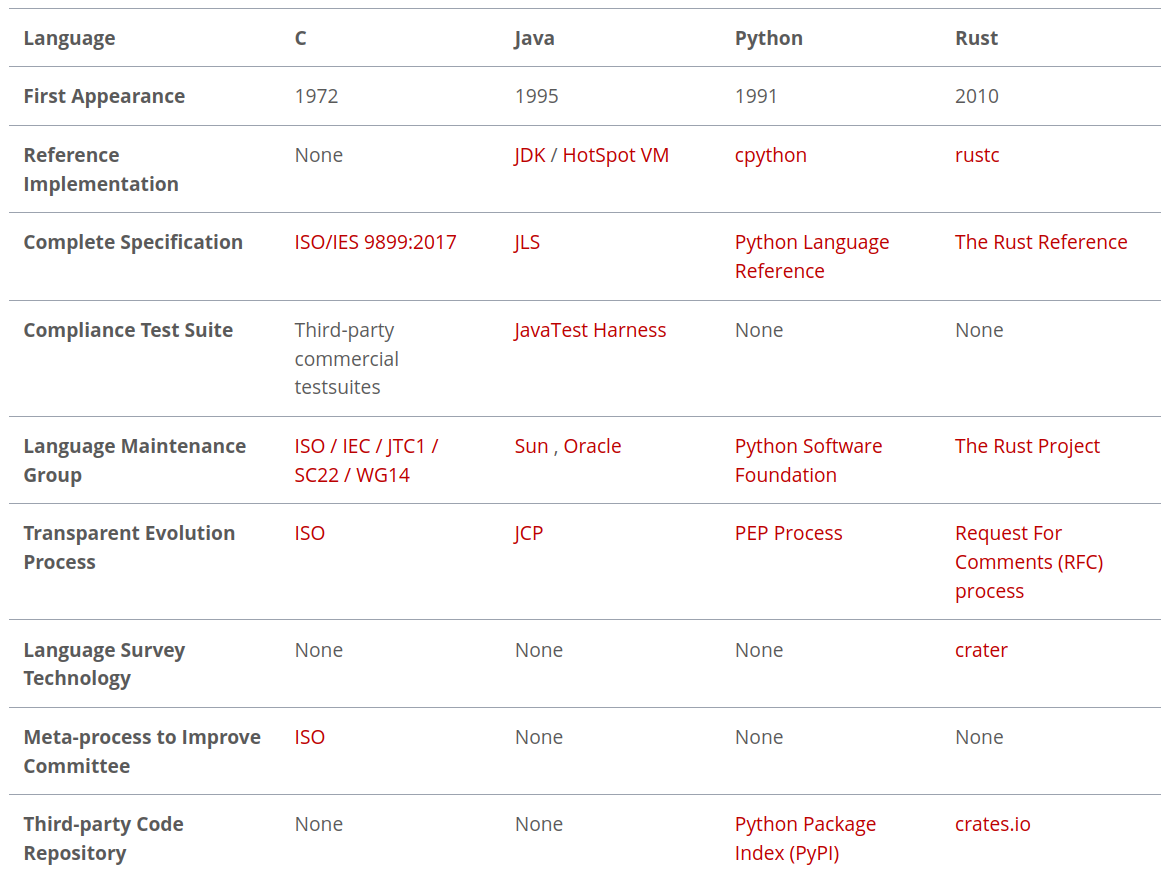While the memory safety and security features of the Rust programming language can be effective in many situations, Rust’s compiler is very particular on what constitutes good software design practices. Whenever design assumptions disagree with real-world data and assumptions, there is the possibility of security vulnerabilities–and malicious software that can take advantage of those vulnerabilities. In this post, we will focus on users of Rust programs, rather than Rust developers. We will explore some tools for understanding vulnerabilities whether the original source code is available or not. These tools are important for understanding malicious software where source code is often unavailable, as well as commenting on possible directions in which tools and automated code analysis can improve. We also comment on the maturity of the Rust software ecosystem as a whole and how that might impact future security responses, including via the coordinated vulnerability disclosure methods advocated by the SEI’s CERT Coordination Center (CERT/CC).



